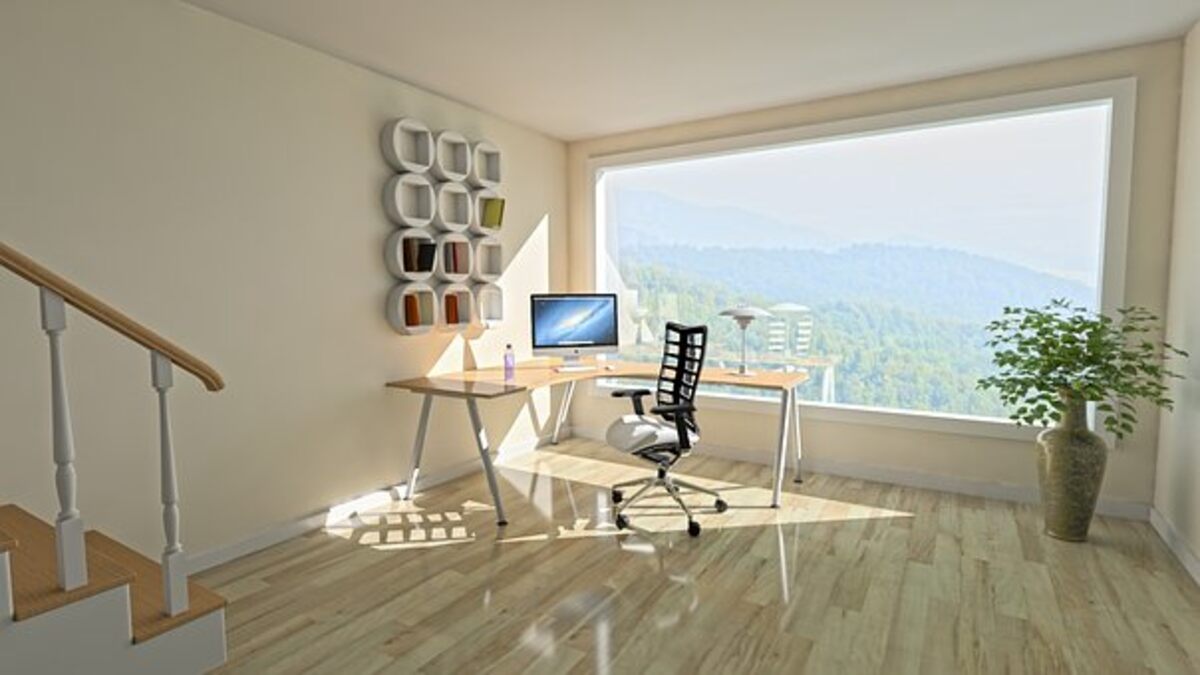Modern interior design is characterized by clean lines and natural materials emphasizing open floor plans. To know more, check out https://bodaq.com/
This style was popular during the early to mid-20th century. Sometimes mistaken for contemporary design, but still distinguished in itself.
Open floor plans
Open floor plans have become one of the most sought-after trends in home design. These floor plans often incorporate a great room where the kitchen, dining, and living areas blend to form one ample social space that fosters entertaining and family time.
Interior designers believe the advantages of an open floor plan include more effortless traffic flow, enhanced sociability and communication, shared light distribution, and improved supervision for children. However, while all these features can help improve quality of life, there can also be drawbacks.
Open floor plans may make messes harder to conceal as people simultaneously use one area for multiple activities. It may be incredibly challenging for families with young children who require their own spaces for playtime and homework completion.
The neutral and monochromatic palette
Modern interior design tends to favor more subdued and monochromatic palettes. White, beige, gray, black, and pastel tones are popular in this decor.
Neutral hues offer a modern design, a sense of peace and connection to nature, and hot shades such as brown and beige that pair beautifully with white.
Modern designs often include furniture layouts emphasizing function over extra decorations, like leather designs. As a result, clean and minimalist furniture arrangements have become an essential aspect of interior decor in recent years.
As more homeowners seek depth and dimension in their homes, untextured minimalist looks have fallen out of favor. Instead, texture in hard finishes such as stone and tile surfaces has become more prevalent; using different colored accents throughout your space to achieve a balanced appearance is another good strategy.
Minimalist design
The modern minimalist design relies on several fundamental principles to craft beautiful and straightforward spaces – such as clean lines, open floor plans, and neutral hues.
Minimalist designs also encourage multi-functional furniture that serves multiple purposes to save space, such as those featuring geometric shapes. If desired, the geometric table could add unique charm and visual interest to the overall design of your home.
Add textures to your interior design scheme for added minimalism. For example, rugs, pillows, and cable-knit blankets add visual interest without overpowering a room’s design.
Minimalist designers opt for three tones of neutrals in each room when choosing colors. These colors complement one another to form a harmonious look and help achieve an ideal atmosphere in each space.
Industrial design
Industrial design is one of the newest trends in modern interior design. Inspired by warehouses and factories, this style incorporates raw materials and details that typically remain unfinished.
Instead of opting for bright paint colors or tile patterns, this style embraces natural unfinished wood and metal surfaces and elements from a building’s history, such as exposed brickwork or original pipework or ducts.
The industrial design stands out with open floor plans in residential and loft apartments. Large windows and doors create the feeling of airiness and spaciousness, while wide glass walls give an illusion of larger rooms reminiscent of factory or warehouse environments.
Industrial design’s clean lines and simplistic features are ideal for contemporary styles. Its aesthetic becomes even more refined when combined with some stylish pieces like comfortable furniture and natural elements such as plants.
Read Also: Water Plumber: When The Fluids Merely Won’t Cut It

